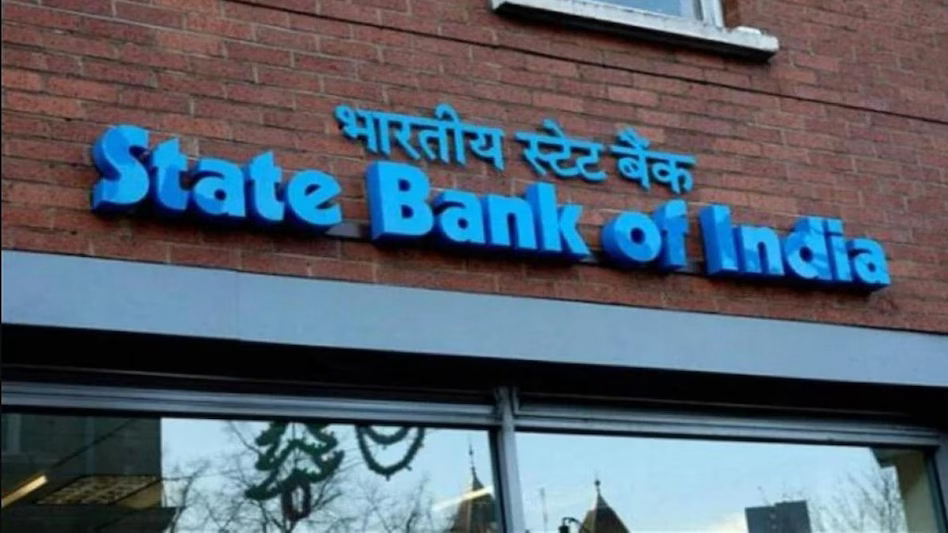State Bank of India (SBI) has raised its marginal cost of funds-based lending rate (MCLR) by up to 10 basis points for selected tenures (Financial Express)

- 16 Dec 2023
Why is it in the News?
State Bank of India (SBI) on Friday hiked its marginal cost of funds-based lending rate (MCLR) on various tenures by 5-10 basis points (bps), a move that could make consumer loans, such as auto or home loans, more expensive for borrowers.
What is the Marginal Cost of Funds Based Lending Rate (MCLR)?
- The MCLR, or Marginal Cost of Funds Based Lending Rate, represents the minimum lending rate below which a bank is not authorized to lend.
- This mechanism aims to facilitate the calculation of the minimum interest rate applicable to various types of loans offered by banks.
- Introduced by the Reserve Bank of India (RBI) on April 1, 2016, the MCLR methodology serves to improve the effectiveness of monetary policy transmission and enhance transparency in the interest rate-setting process, replacing the earlier base rate structure established in July 2010.
- Calculation of MCLR: MCLR is internally determined by the bank, considering the remaining period for the loan repayment. This rate is closely tied to actual deposit rates and is calculated based on four key components:
- The marginal cost of funds
- Negative carry-on account of the cash reserve ratio
- Operating costs
- Tenor premium
- Under the MCLR framework, banks have the flexibility to offer loans at fixed or floating interest rates across all categories.
- The actual lending rates for various loan categories and tenors are determined by adding the components of spread to the MCLR.
- Consequently, the bank is restricted from lending at a rate lower than the MCLR for a specific maturity concerning all loans linked to that benchmark.
- Banks review and publish MCLRs for different maturities on a monthly basis.
- Certain loan rates, such as those for fixed-rate loans with tenors exceeding three years and special loan schemes offered by the government, remain unaffected by MCLR fluctuations.
Difference Between MCLR and Base Rate:
MCLR stands as a more evolved iteration of the base rate, presenting several distinctions between the two:
- Origin and Regulation: The base rate is the RBI-set minimum interest rate, and financial institutions cannot lend below this rate.
- MCLR, on the other hand, is an internal benchmarking system used by financial institutions, allowing them to set lending rates based on a predetermined spread.
- Cost Calculation: The base rate relies on the average cost of funds.
- MCLR is rooted in the marginal or incremental cost of money, providing a more dynamic reflection of the current cost scenario.
- Impact of RBI's Repo Rate: The base rate remains unaffected by changes in the RBI's repo rate.
- MCLR, however, is directly influenced by revisions in the repo rate, adjusting accordingly.
- Consideration Factors: The base rate typically considers the minimum rate of return or profit margin.
- In contrast, when determining the MCLR, factors such as the tenor premium are taken into account, resulting in a more nuanced rate-setting process.
